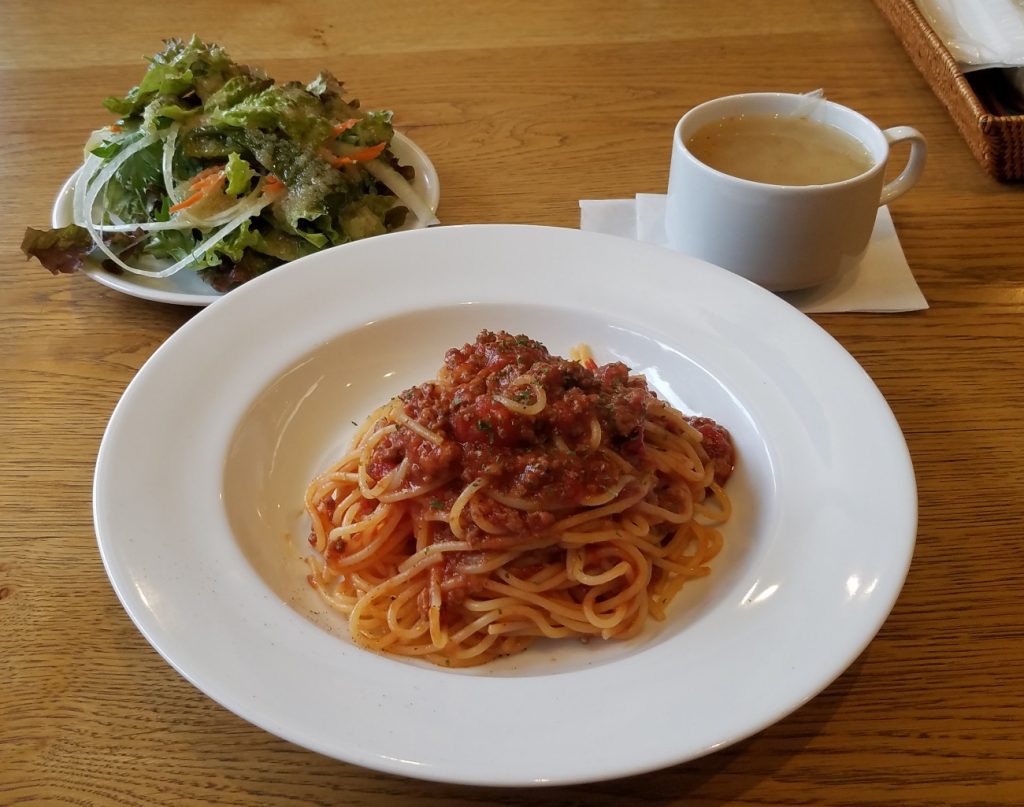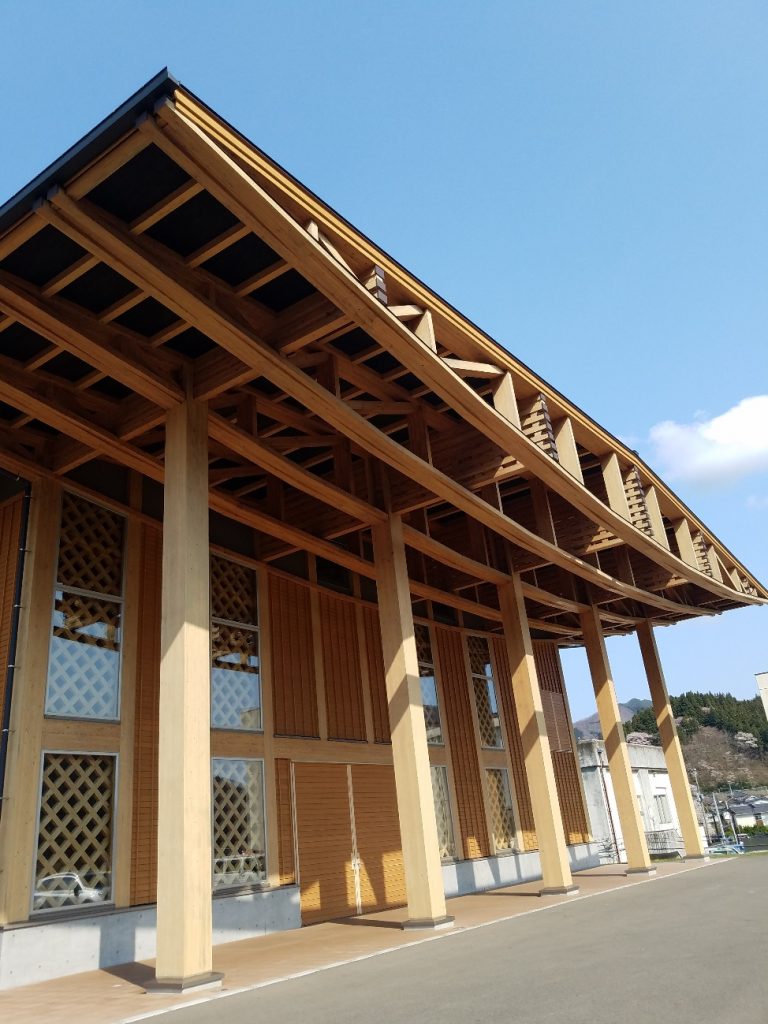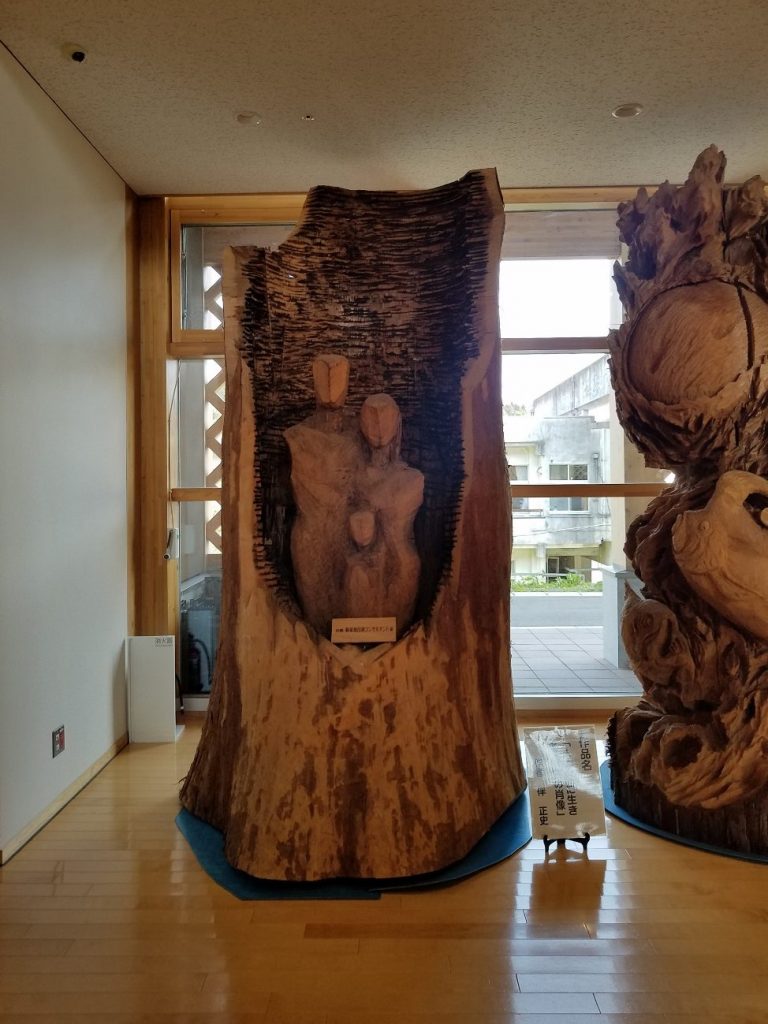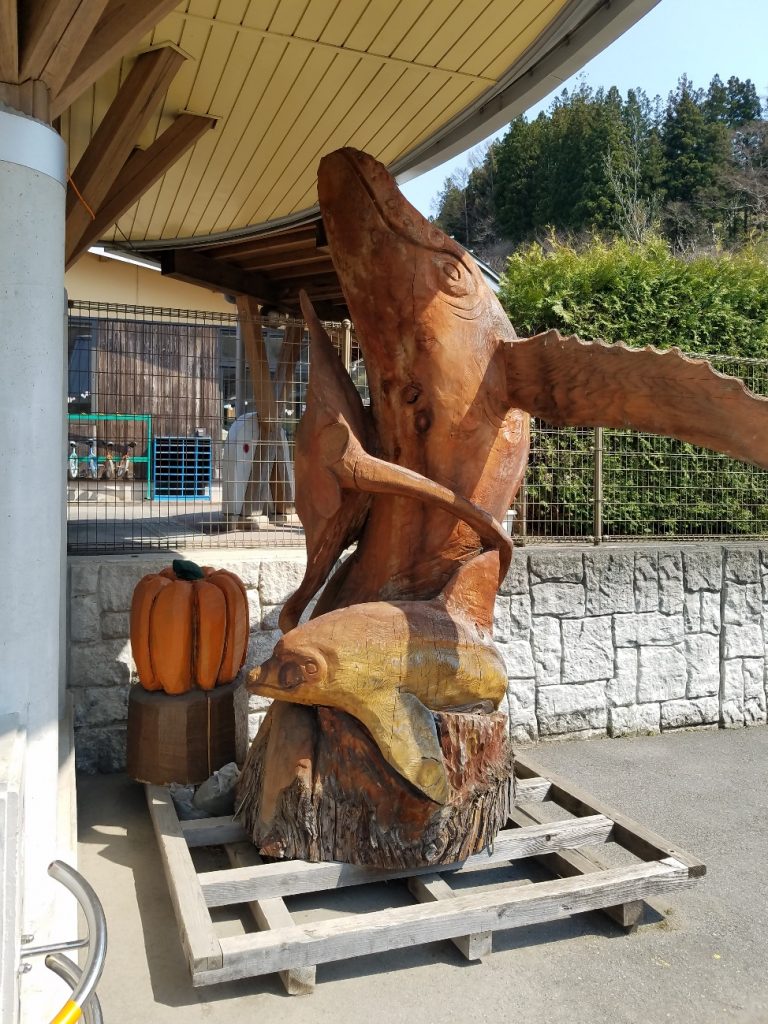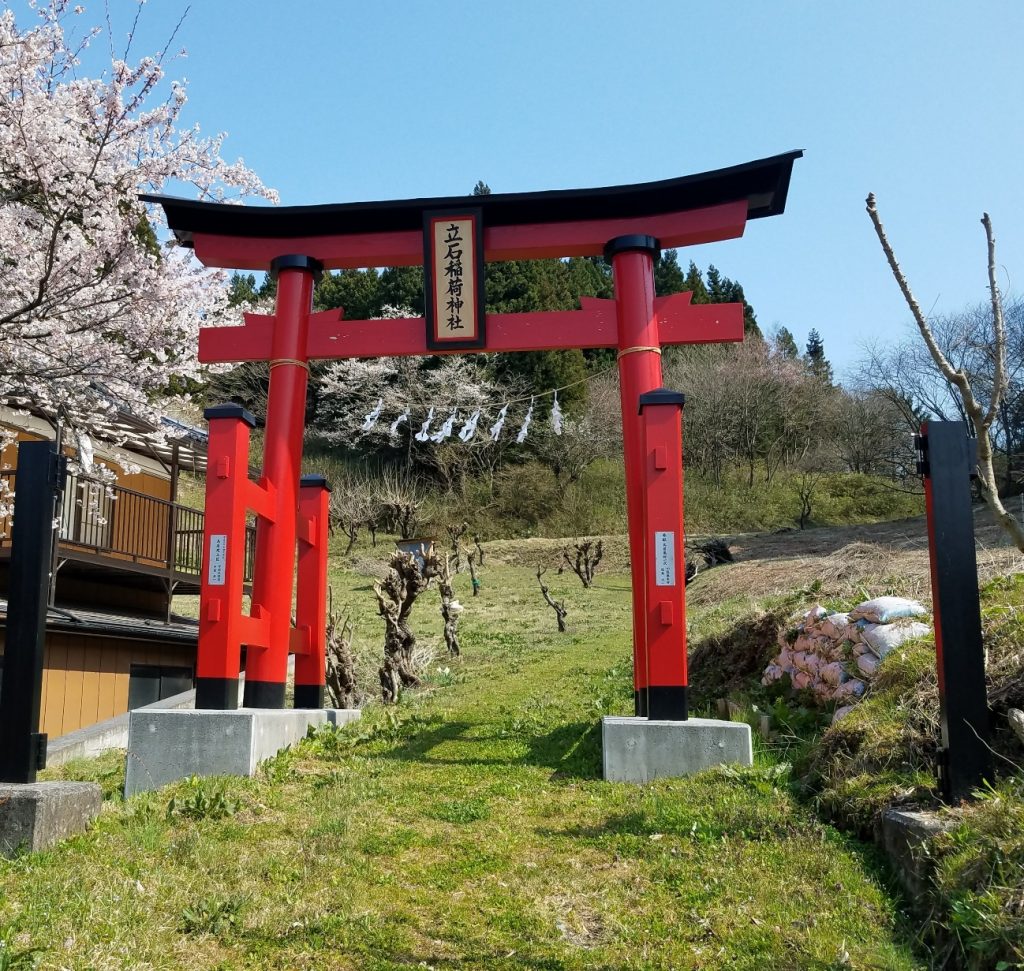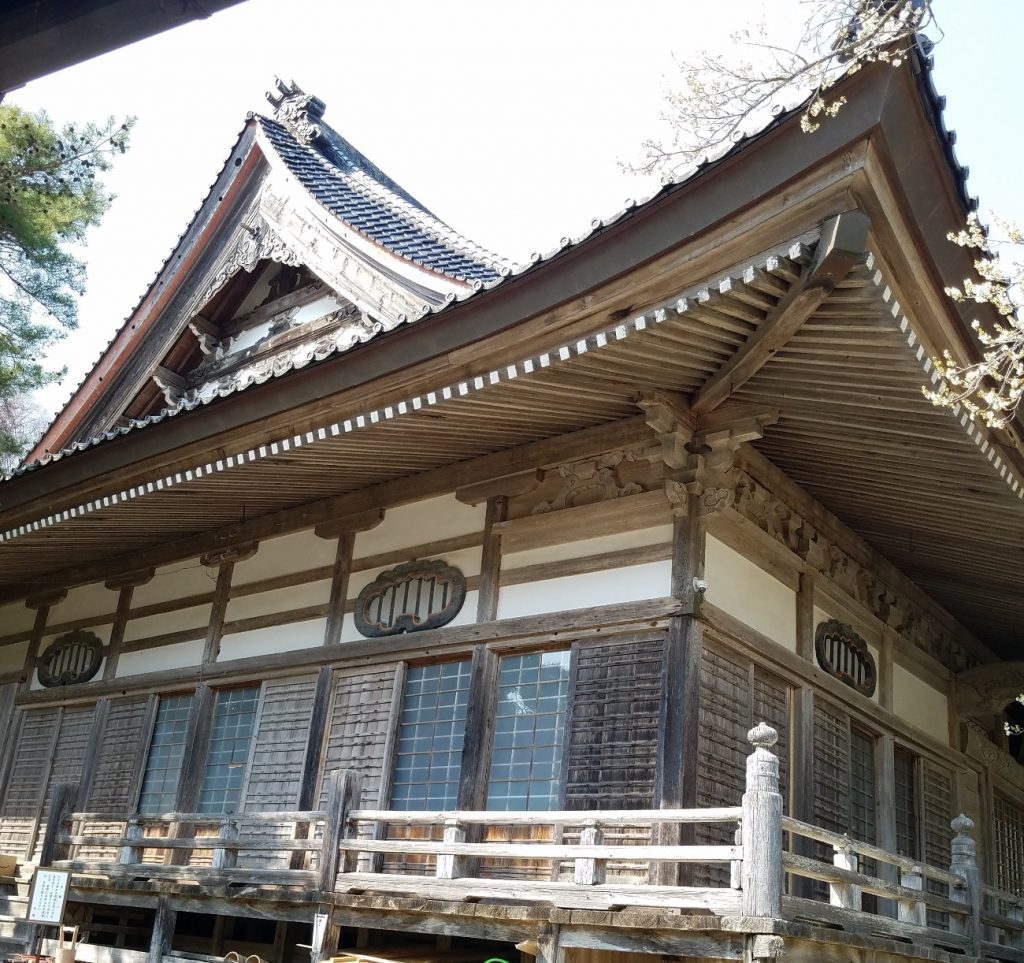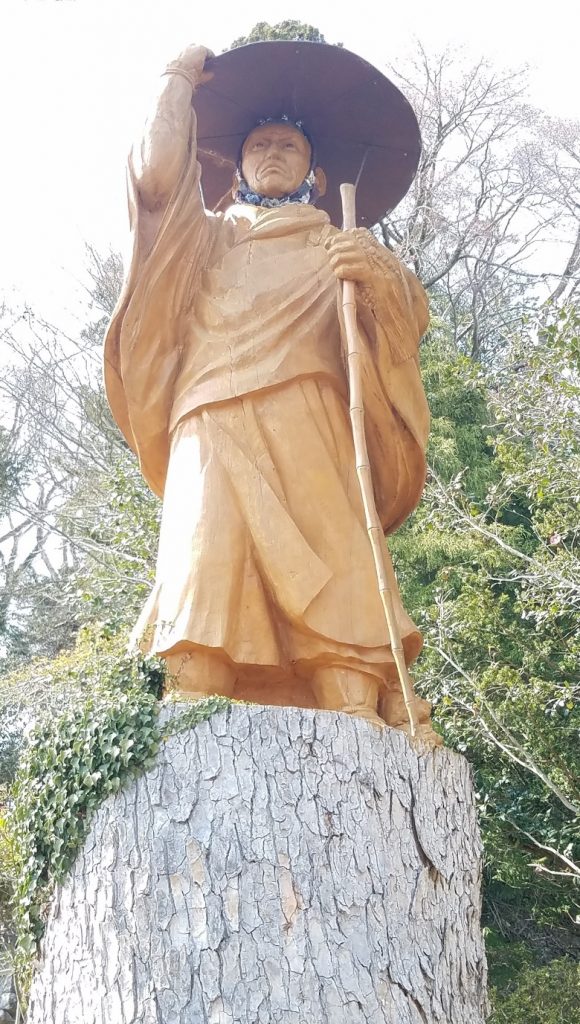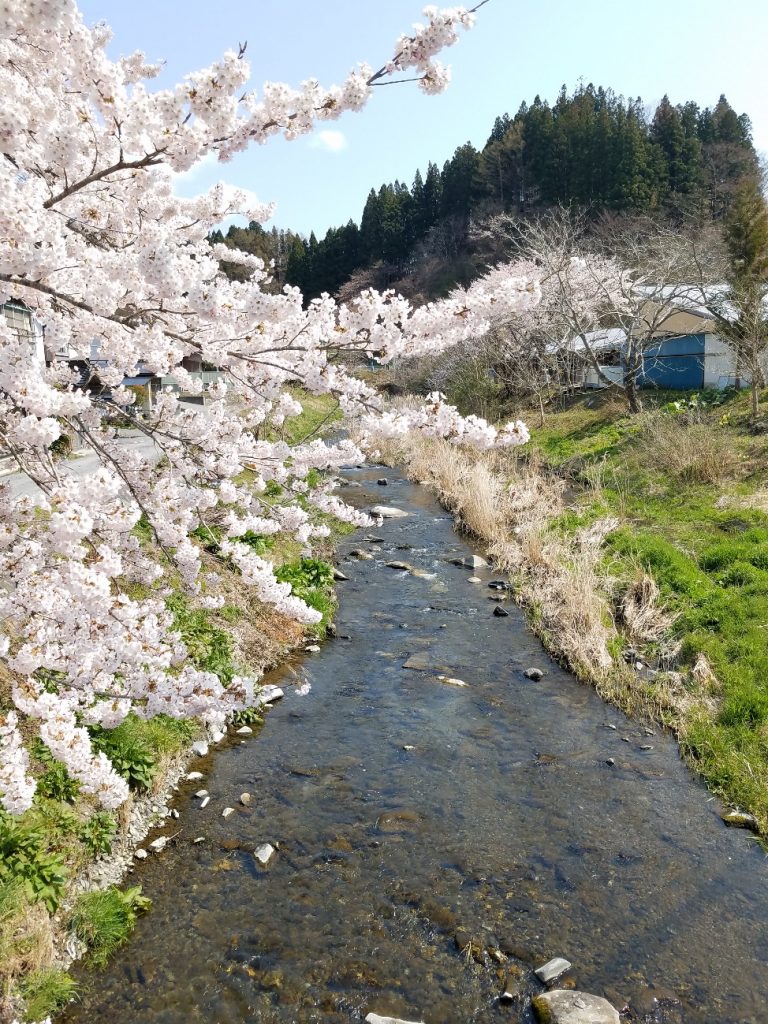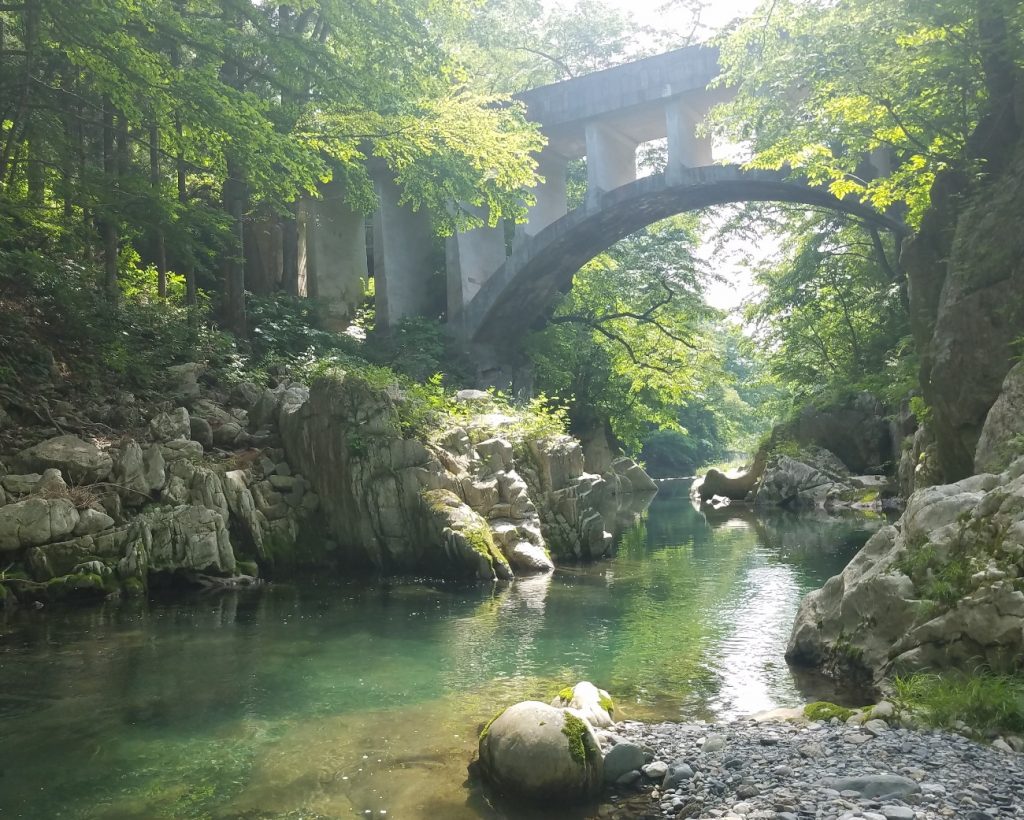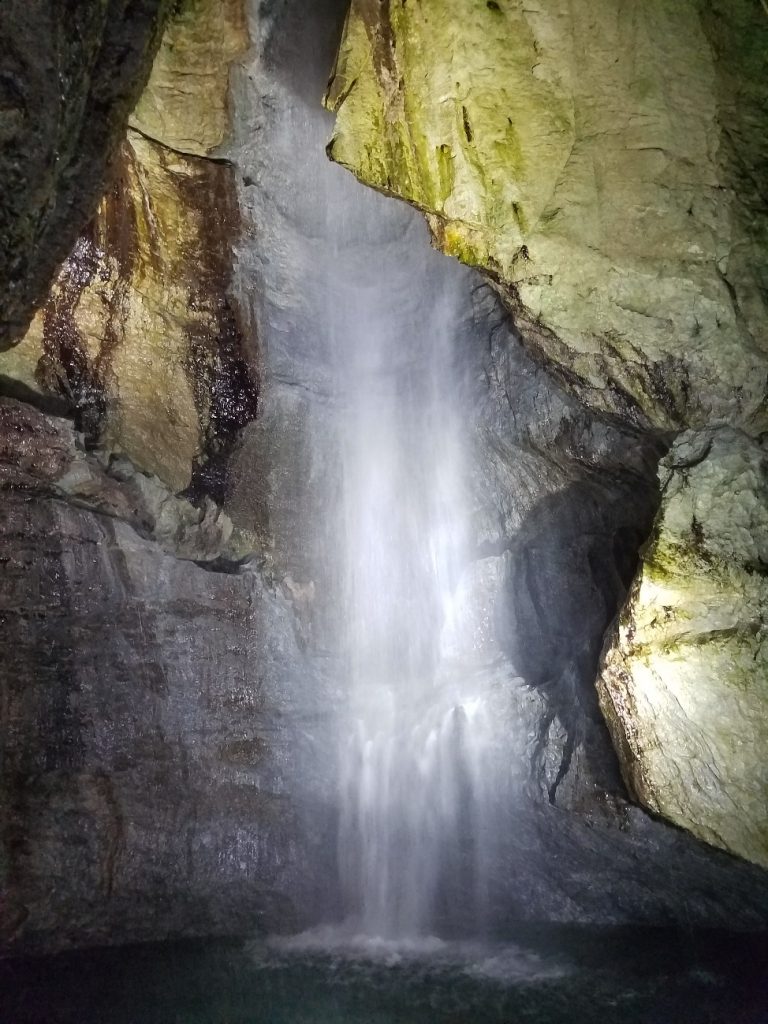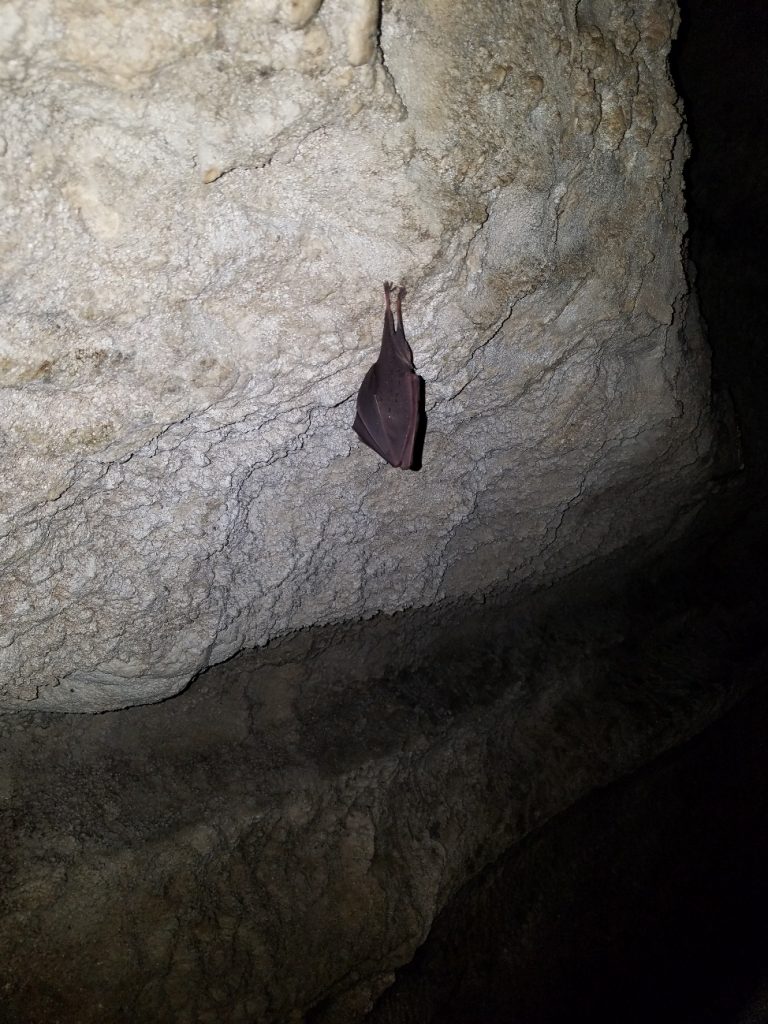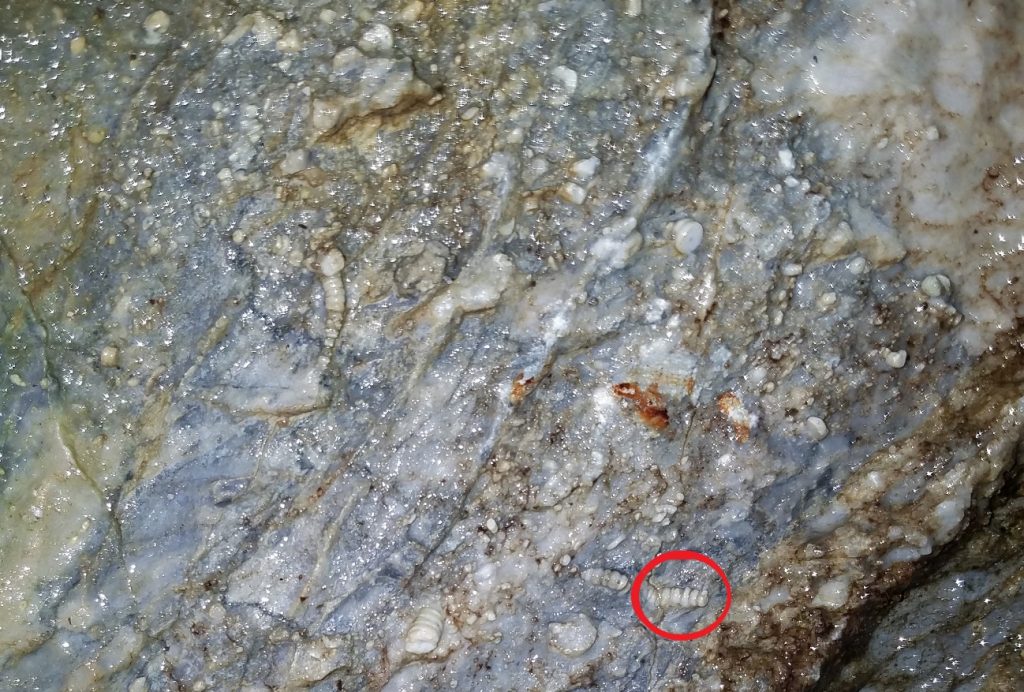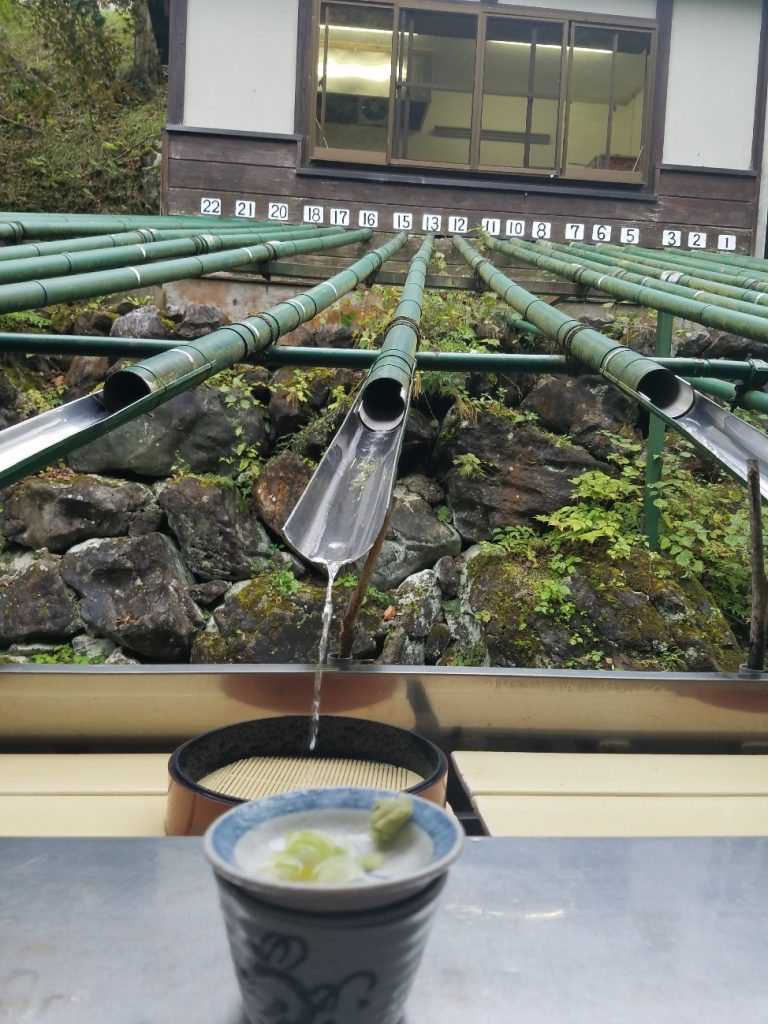[Currently, travel to Sumita is not recommended, and for many not possible, due to the Covid-19 pandemic. Furthermore, several of the facilities and businesses showcased in this article are closed at the time this article is published, to prevent the spread of the virus. Please check the hours and closures before visiting. We sincerely hope that all readers stay safe, and are able to visit Iwate Prefecture when it is safe to do so.]
Sumita is a quaint little town which lies east to the ILC candidate site cities of Oshu and Ichinoseki. If the ILC is built, the town’s mountainous roads could be used to transport some parts for the ILC from Ofunato Port. The small town has a population of 5,315 people (as of March, 2020) and an area of 335km2—of which 303km2, or about 90%, consists of forested land. As such, visitors are likely to come across wildlife in Sumita, such as deer or antelope. If you give a Sumita local a moment of your time, they will be happy to tell you about the town’s rich history and abundance of natural resources. Sumita’s small-town hospitality makes the town all the more enjoyable to explore.
During the Edo period (1603-1868 CE), Sumita was a post town that played an important role in connecting inland areas to the coast, due to its key location between the two areas. The town was a vital route for trade of goods such a rice, which was transported to towns on the coast, as well as seafood which was sold to inland towns. As such, merchants between inland and coastal areas would stop by Sumita to trade and to stay at inns during their travels. Visitors can get a feel for the town’s past by just looking at the historical buildings throughout the town.
The Machiya Setamai Eki is made up of several facilities which embrace the town’s history. The Machiya Setamai Eki contains a townhouse and storehouse which were built over 100 years ago, that have been repurposed into a community hub and restaurant.
The restaurant inside, Kerasse, has a lovely variety of western and Japanese dishes that use fresh ingredients from Sumita. During lunch time, there’s even a salad and dessert bar, as well as free-refill drinks and soup.
In addition to working as a link between trade for coastal and inland Iwate, Sumita’s location and lush nature have made the town virtuous with resources such as timber, gold and limestone.
You can see the influence of Sumita’s rich natural resources by simply passing by the town hall. The beautifully designed town hall is built with cedar wood local to Sumita, called “Kesen Cedar”. The term Kesen represents the Kesen region which includes Sumita, and the cities of Ofunato and Rikuzentakata.
The town promotes living in harmony with nature, and the town hall is also designed to be environmentally friendly, which can be seen in its use of renewable energy.
Inside the town hall, there are even several award-winning wooden carvings made out of Kesen Cedar on display.
One of Sumita’s town goals is to be the top town in Japan for forestry, which is complimented by the various wood art carvings throughout town.
In addition to Sumita’s history as a post town, the town has also valued Buddhism and Shintoism for ages, which is evident in the temples and shrines you can find all throughout the town. If you stop by Sumita, you’re likely to notice torii, or shrine gates, throughout the town. The town’s torii can often be spotted alongside mountains, where the Shinto shrine is located on the base of a mountain.
The town is also home to several magnificent temples, such as the Jofuku Temple.
The temple was original established in 1536, and the current main hall was built in 1800. The architecture of the hall is unique to Kesen Carpentry. This carpentry style is representative of Kesen, and buildings designed in a similar style can be found throughout the region. One characteristic of Kesen Carpentry is the distinct curve to the roofs, which can be seen in the Jofuku Temple as well.
Into the beautiful nature of Sumita
True to being made up of 90% forested land, Sumita is full of pristine nature. The clear rivers and streams flowing through Sumita give a mystical atmosphere to the town.
The Hayama Megane Bridge is located along the Kesen River, which flows through Sumita and Rikuzentakata City and ends in the Hirota Bay. The bridge’s name, “Megane Bridge” translates to the “Glasses Bridge” and refers to how the bridge is shaped like the lens of a pair of glasses. The river’s light green water and pale rock surfaces come together to make an enchanting scene next to the bridge.
From the Hayama Megane Bridge, it’s about a 20-minute drive to one of Sumita’s most thrilling sightseeing spots: the Rokando Cave.
The Rokando Cave boasts Japan’s largest waterfall inside of a cave, at a height 29 meters. Visitors can take the adventure of walking through the limestone cave and see the waterfall themselves*. The waterfall is located at the end of the cave, which can be reached after walking through the cave for roughly half an hour. Along the way, there are plenty of intriguing spots throughout the cave to enjoy as well. The inside of the cave is well lit, and helmets and boots will be rented out as part of the entrance fee. You might even meet some small friends along the way!
*The entrance price is 1,100 yen for adults, 700 yen for children (elementary school and middle school aged), and free for infants.
Be sure to keep an eye out—the bats are small so they’re easy to miss!
You can also spot the traces of lifeforms from the past inside the cave, as there are various fossils etched into the cave walls.
While the cave is quite a distance from the ocean now, the fossils you can find in the cave are actually from ancient sea-life. This is because Sumita, including the Rokando Cave, used to be underneath the ocean, before it was pushed up above the water due to tectonic movement. One fossil is circled in red in the photo above, but there are a few more in the photo. Inside the cave, visitors are free to look at and touch the fossils in their natural setting.
Aside from the cave itself, visitors can also enjoy a meal at Rokando’s eatery in the Rokando Tourism Center, which is next to the cave’s entrance. You can even try out the “Waterfall Nagashi-soba” experience, where soba is sent down bamboo shoots into your bowl. While entrance to the cave is possible throughout the year, the eatery and nagashi-soba experience are not operated during winter, and can be enjoyed from April to October. Entrance to the cave is generally possible everyday outside winter (from November to February) which has weekend-only operation, and the New Year holiday.
The Waterfall Nagashi-soba experience at the Rokando Tourism Center. The soba will slide down a bamboo shaft into the bowl!
For those who are looking to enjoy Sumita’s nature through a hike or climb, the town is full of mountains which offer gorgeous views, and are also home to diverse wildlife.
Mt. Goyo borders Sumita, Kamaishi and Ofunato cities, and is also the tallest peak on Iwate Prefecture’s coast, at a height of 1,351 meters. The mountain has breathtaking views of the ria coastline, and is home to wildlife such as Japanese monkeys, deer, and black bears. The photo above was taken from the eastern side of the mountain during spring, when azalea flowers bloom along the mountain. There are also several mountain huts on the mountain, which visitors are free to stay the night at. There’s nothing like waking up on the mountain to see the sunrise off of the ocean in the morning.
A trip to Sumita is a lovely way to experience nature and to learn about the history in the area. Time passes slowly in the town, which makes it a calming place to get away and feel rejuvenated. We hope that, in addition to being a key route for the transport of ILC parts someday, the little town of Sumita can be a special place for visitors to enjoy as well.
If you would like to know more about the town of Sumita or the Kesen region, you can read English articles on the KESEN & BEYOND blog. (https://visitkesen.wixsite.com/kesenandbeyond/blog)
Japanese
住田町:ILC建設候補地近くにある小さな町の発見[カバー写真]
住田町にある近所を見下ろす写真
[現在、新型コロナウイルスの影響で、日本全国に緊急事態宣言が出されております。この間の外出は極力控えていただくようお願いします。また、この記事が掲載される時点で、以下に紹介されている施設が休館又は時間を変更して営業している場合があるため、お越しの際には、あらかじめ営業時間等をご確認願います。
新型コロナウイルスの影響が収束し、読者の皆様が安心して来訪できるようになりましたら、ぜひ岩手県にお越しください。心よりお待ちしております。]
住田町は、ILC建設候補地である一関市、奥州市の東側に位置する趣のあるまちです。2020年3月時点で、人口5,315人、面積335㎢、面積の約90%に当たる303㎢が森林です。森林に囲まれていることから、まちの中ではしばしば野生動物たちとすれ違うこともあります。地元の人からは、住田町の深い歴史や豊かな天然資源について話を聞くことができます。住田町の地元ならではのおもてなしやまちの穴場スポットの探索などをお楽しみいただけます。
また、ILCが実現すると、ILC関連機器類の一部が大船渡港から輸送され、住田町を経由することが想定されています。
[写真]
住田町の位置。
江戸時代に、住田町はその立地から、沿岸と内陸を結ぶ宿場町として大事な役割を果たしていました。交易路として重要なまちで、内陸から沿岸に米を、沿岸から内陸に魚を輸送するために交易で栄え、多くの商人が行き来しました。町中にある伝統的な建物には、現在も宿場町の風情が残っています。
[写真]
「まちや世田米駅」は、100年以上の歴史がある建物をコミュニティスペースやレストランなどにリノベーションした住民交流拠点施設です。
施設内のレストラン「ケラッセ」では地元の新鮮な材料を使った洋食や和食料理が楽しめます。ランチには、セルフのデザート、サラダ、スープと飲み物が提供されます。
[写真]
ケラッセのパスタとセルフのサラダ・スープ。
住田町は、沿岸と内陸とを結ぶ交易路としての役割を果たしているだけでなく、その立地から、天然資源にも恵まれています。昔から住田町は木材、金、石灰石等で栄えてきました。
[写真]
住田町役場
住田町は「気仙杉」の名所です。気仙とは住田町、大船渡市、陸前高田市を含む地域を指します。住田町役場は、地元産の杉を使用し、美しいデザインで建てられており、町役場を見るだけでも資源が豊富であることが分かります。
住田町は、恵まれた自然を生かし、豊かで住み良い町をつくることとしており、町役場への再生可能エネルギーの導入等、環境に配慮した取組を行っています。
町役場の中には、賞を受賞した気仙杉で出来た木彫りの彫刻が展示されています。
[写真]
木彫りの彫刻からも伝わるとおり、住田町は「森林・林業日本一の町づくり」を目指しています。
[写真]
住田町の世田米保育園にある木彫りの彫刻。
住田町では、宿場町の歴史を大事にしていますが、一方で、古くから仏教と神道も大事にしてきました。住田町内には数多くのお寺や神社があり、鳥居をたくさん見かけます。特に、山にある神社は、その麓に鳥居が置かれています。
[写真]
住田町内の神社にある赤い鳥居。
町内には、荘厳なお寺がいくつかあり、浄福寺もその一つです。
[写真]
浄福寺の本堂。浄福寺は1536年に創建され、現在の本堂は1800年に建立されました。本堂の建築のデザインは気仙大工の特徴を持ち、屋根のカーブした形も特徴の一つです。町内では他にも同様のデザインの建物を見ることができます。
[写真]
浄福寺境内にある住田町を見下ろす親鸞聖人の彫像。
住田町の美しい自然
面積の約90%が森林であるとおり、住田町には豊かな自然が溢れています。町中には澄み渡った川が流れ、清らかな風情を感じられます。
[住田町の川辺に咲いている桜]
気仙川・葉山めがね橋
[写真]
気仙川は住田町から陸前高田市を流れ広田湾に注ぐ川です。気仙川沿いにある名所の一つが葉山めがね橋です。名前は橋が眼鏡に見える事が由来です。橋と流れる薄緑の沢水、白い岩の組み合わせが、まるで別世界のような景色を形成しています。
葉山めがね橋から北東に車で20分ほど離れた先に、住田町で最もスリリングな観光地の一つである滝観洞があります。
[写真]
滝観洞内には、日本有数の高さを誇る洞内滝「天の岩戸の滝」があります。入洞は有料*になりますが、石灰岩で出来た洞窟内部や落差29メートル洞内滝をご覧いただけます。洞窟最奥部の洞内滝までは徒歩30分ほどで着きます。洞内では狭い所や低い所もあるため、姿勢を低くして進まなければならない場所もあります。入洞の際にはヘルメットや長靴、カッパなどを無料で借りることができます。洞内では途中にも好奇心をかき立てるスポットが数多くあり、小さな友人たちにも会えるかもしれません。
*入洞料は大人1,100円、小・中学生700円、未就学児 無料。
[写真]
滝観洞に住むコウモリ。とても小さいので、入洞の際は、見逃さないように注意深く辺りを見回しながらお進みください。
洞窟内では、コウモリの他にも壁面などに小さな化石など、大昔の生物の痕跡を見つけることができます。
[写真]
現在の滝観洞は海から遠いですが、洞窟内の化石は、古代の海洋生物のものです。滝観洞を含む住田町一帯は大昔海の下にあり、プレートの移動によって土地が隆起しました。上の写真の化石の位置に赤く印を付けていますが、探せば他にも見つけることができ、自由に見たり触ったりすることが出来ます。
洞窟探索の他に、入り口付近にある滝観洞観光センターでは食事を楽しむこともできます。そこでは、そばが竹の上を流れてくる「滝流しそば」という体験もできます。洞窟への入洞は、11月から2月の冬期間は土日祝日のみの営業になります。また、食堂と流しそばは11月から3月までは休業となります。
[写真]
滝観洞観光センターの滝流しそば。竹の上を流れてくるそばを美味しくいただけます!
ハイキングや登山で住田町の自然を楽しみたければ、町内の山がおすすめです。山頂から最高の景色が見え、様々な野生動物もいます。
[写真]
五葉山で撮った写真。五葉山は住田町、釜石市、大船渡市の1町2市にまたがり、標高1,351メートルの高さを誇る岩手県沿岸の最高峰です。頂上ではリアス式海岸の美しい景色が広がります。山には猿、鹿、熊など、多くの野生動物が生息しています。上の写真は山の東側から撮影したもので、春になると多くのツツジが咲きます。山上には山小屋があり、登山者は無料で宿泊できます。翌朝、水平線から昇る朝日の景色はきっと忘れられない思い出になるでしょう。
住田町への旅は自然を体験し、地域の歴史について学べる素敵な機会です。時間がゆっくり流れることから、落ち着き、リフレッシュ出来るところです。今後、住田町がILC関連機器類の輸送のための重要なルートになるとともに、来訪者が楽しめる特別な場所になることを願っています。
住田町、又は気仙地域についてもっと知りたい方へ、気仙地域についての英語版ブログ「KESEN & BEYOND」をご覧ください。
URL:https://visitkesen.wixsite.com/kesenandbeyond/blog



